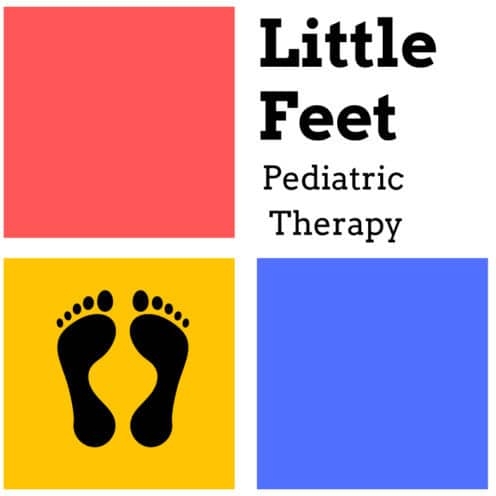Little Feet Pediatric Therapy, a leading Washington DC pediatric speech therapy provider, is pleased to announce the publication of its newest report, “Speech Therapy for Excessive Drooling in Toddlers: What Parents Should Know.” The report is designed to help parents and caregivers better understand drooling (sialorrhea) in young children, and the role that speech therapy can play in managing and reducing its impact.
“When people think about speech therapy, they don’t necessarily think of sialorrhea,” said a spokesperson from the clinic. “But the root cause of excess drooling in toddlers is often something an SLP can treat.”
In particular, the report outlines many of the primary causes of excess drooling in toddlers. One of the most common is pediatric dysphagia, a condition that affects feeding and swallowing skills in children. While excess drooling is a common symptom of pediatric dysphagia, the report outlines other symptoms to help caregivers recognize its signs in their children.
Pediatric dysphagia itself can have numerous causes, for which speech therapy can also help. These causes include autism, traumatic brain injury, cleft lip, cleft palate, cerebral palsy, Down syndrome, and others. Many of these conditions can benefit from pediatric occupational therapy and physical therapy as well, which further outlines the importance of working with a multidisciplinary pediatric therapy clinic.
Other causes of sialorrhea outlined include orofacial myofunctional disorders, tonsilitis, allergies, and chronic strep throat, among others.
When Do Children Grow Out of Drooling?
The report devotes a particular section to helping parents and caregivers understand when children typically grow out of drooling.
“You can expect your baby to drool up until the age of 2,” the report says. “This is the age where we typically expect to see saliva production slowing down as well as an increase in orofacial muscle development.”
However, the report also stresses the importance for caregivers to remember that each child develops at their own pace. As well, children may temporarily experience increased drooling at certain times, including when they begin teething.
If children drool past age four, though, the report recommends a pediatric evaluation.
How Speech Therapy Can Help
The report describes evidence-informed speech therapy strategies, including orofacial muscle strengthening, lip/tongue control exercises, sensory techniques, and functional compensatory strategies tailored to the child’s needs.
A Timely Report
Excessive drooling in toddlers is often dismissed as a phase or minor issue. However, it can lead to social embarrassment, skin irritation, and may reflect deeper oral motor or sensory dysfunctions. Little Feet Pediatric Therapy’s report seeks to raise awareness, reduce stigma, and empower parents with knowledge so that children get the timely support they need.
The full report is available now on the Little Feet Therapy website, free of charge. Parents, caregivers, pediatricians, speech–language pathologists, and allied health professionals are encouraged to download and share it.
Media Contact
Company Name: Little Feet Pediatric Therapy
Contact Person: Shawn Leis, MPT
Email: Send Email
Phone: 1 (704) 931-8022
Address:1331 H St NW Ste 200
City: Washington
State: DC 20005
Country: United States
Website: https://littlefeettherapy.com/

